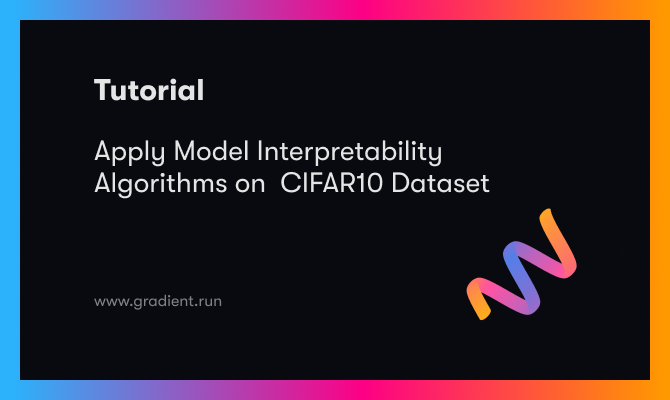Training YOLOv8 on Custom Data
In this blog post, we examine what's new in Ultralytics awesome new model, YOLOv8, take a peak under the hood at the changes to the architecture compared to YOLOv5, and then demo the new model's Python API functionality by testing it to detect on our Basketball dataset.














